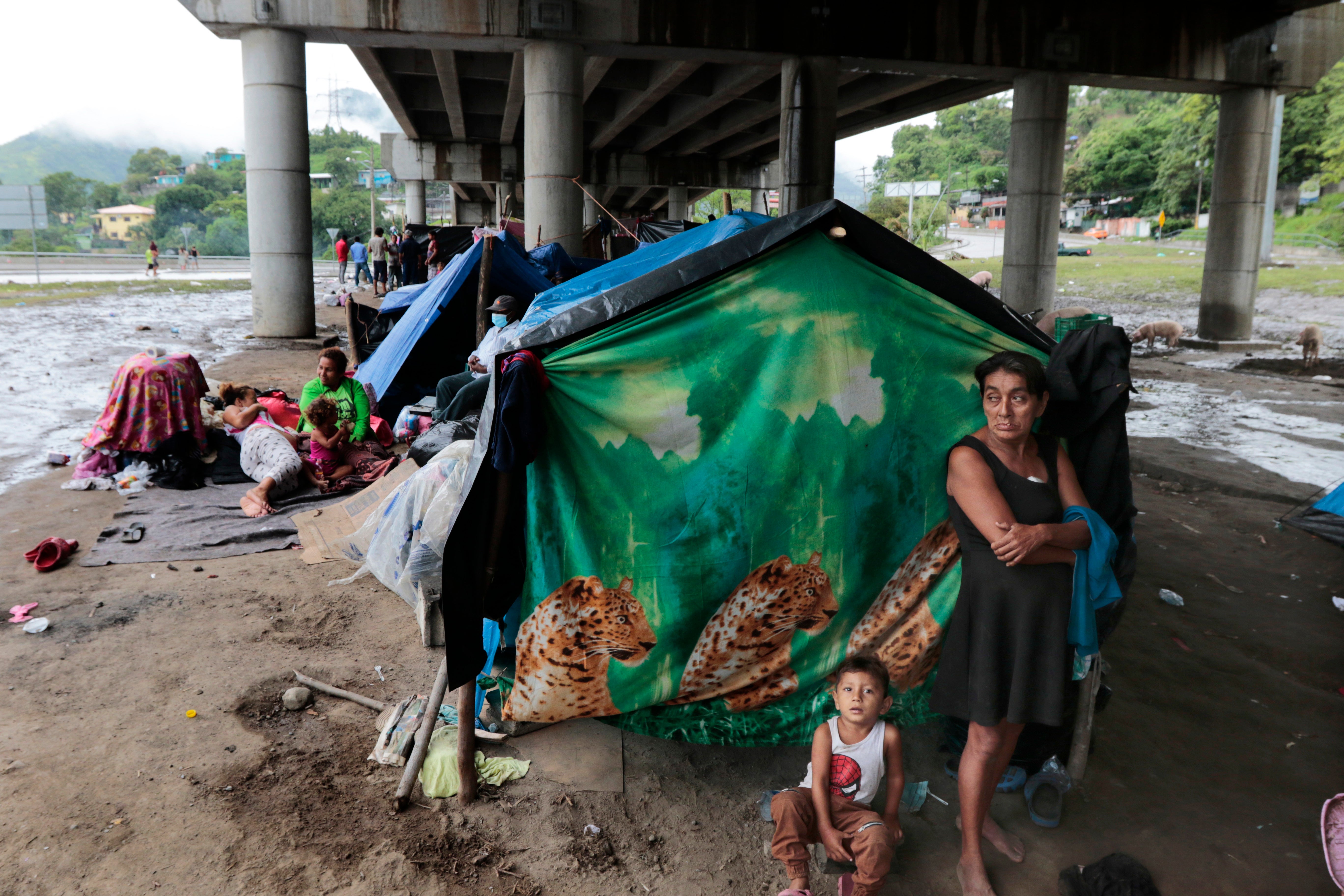Hundreds of thousands at Honduras' shelters after hurricanes
Shelters for people whose homes were flooded or damaged by hurricanes Eta and Iota in Honduras are now so crowded that thousands of victims have taken refuge under highway overpasses or bridges

Shelters for people whose homes were flooded or damaged by hurricanes Eta and Iota in Honduras are now so crowded that thousands of victims have taken refuge under highway overpasses or bridges.
The International Red Cross estimates that about 4.2 million people were affected by the back-to-back Category 4 hurricanes in November in Honduras, Nicaragua and Guatemala. Several hundred thousand are in shelters or informal camps across the region.
But nowhere are the evacuated victims piled up more densely than in the northern Honduras city of San Pedro Sula, where some neighborhoods are still under water. The evacuees say they fear that even when they are eventually allowed to return to their flooded neighborhoods, they will find everything gone.
Orlando Antonio Linares oversees a municipal shelter at a school in San Pedro Sula, where almost 500 hurricane victims have taken refuge. There are about 84 shelters across the city, holding as many 100,000 people.
“There is a shortage of everything,” Linares said, referring to water, food and medicine. “There is a shortage because, after these two hurricanes, the need is so great.”
The situation also reflects the difficulty of sheltering natural disaster victims amid the coronavirus pandemic. There is no room for social distancing at the school, and few people wear face masks.
“We are working against COVID,” said Linares, noting “we give people the material (masks), but then they don't use it. We have to educate people.”
For the moment, evacuees are much more worried about obtaining basic necessities, and dreading what they will find when they return to their homes.
Couple Rebeca Díaz and Jose Alberto Murillo and their five children have been at the shelter for about two weeks, after Eta and then Iota flooded their neighborhood.
“We have been sleeping on the floor for two weeks, the children are sleeping on the floor,” said Murillo. “We have been forgotten.”
Díaz is more worried about their home, than the coronavirus. “I need roofing sheets,” she said. “I have no way to get a roof over our heads.”
Housewife Irma Sarmiento voiced similar concerns. Her house in the Colonia Nuevo San Juan neighborhood, she said, is still under water.
“I feel the future is uncertain. We have nothing left,” said Sarmiento. “You work your whole life to be left with nothing.”
“What will we have when we go back? Nothing,” she said.
Still, there are those who are worse off. Former maquila factory worker Jarlin Antonio Lorenzo said he couldn't even find room at a shelter; instead, he and almost 500 other people have camped out under a highway overpass on the outskirts of the city.
“There are no bathrooms, people go up into the hills to go the bathroom,” he said. “People are dying of hunger here ... the shelters are full.”